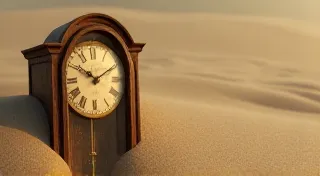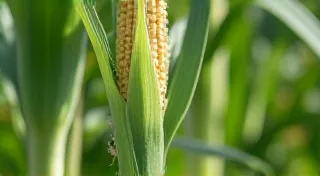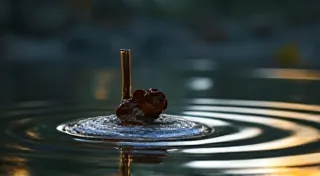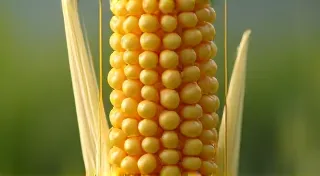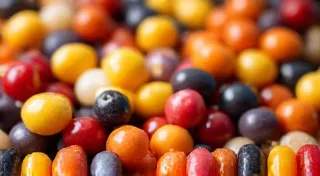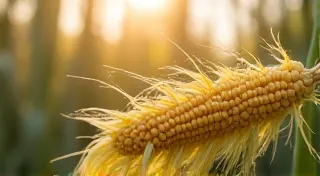Saving Heirloom Corn Seeds for Future Generations
The beauty of heirloom corn extends far beyond a bountiful harvest. These varieties, passed down through generations, carry a rich history and unique qualities. But their survival depends on us. Saving seeds from your heirloom corn is a rewarding and vital practice, ensuring these treasures continue to grace our gardens and tables for years to come. This guide will walk you through the process, from identifying viable kernels to proper storage.
Why Save Heirloom Corn Seeds?
There are several compelling reasons to embark on seed saving. Firstly, it’s a way to preserve genetic diversity. Modern commercial corn is often heavily hybridized, losing the distinct characteristics of older varieties. Secondly, saving seeds connects you to the agricultural heritage of the corn you're growing. You become a custodian of these living treasures. Finally, saving seeds offers the satisfaction of knowing you’ll have your own supply for future plantings, reducing reliance on external seed suppliers.
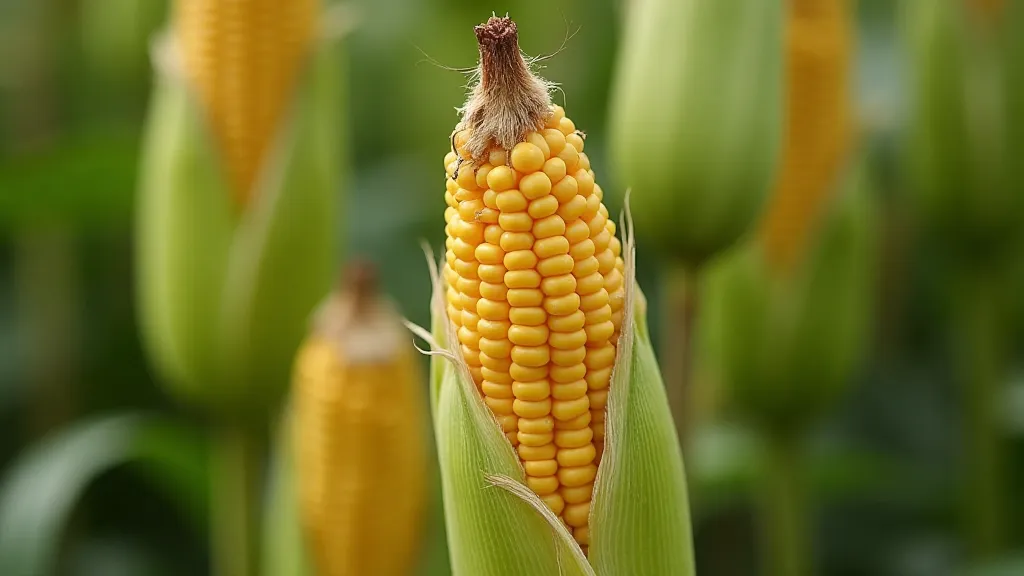
Understanding Corn Genetics: Open vs. Hybrid
It’s crucial to understand the difference between open-pollinated (OP) and hybrid corn. Heirloom corn is always open-pollinated. This means that when you save seeds from an open-pollinated plant, they will "come true" – meaning the offspring will be similar to the parent plant. Hybrid corn, on the other hand, is created by crossing two different inbred lines. Saving seeds from hybrid corn typically results in unpredictable outcomes.
The Seed Saving Process: Step-by-Step
- Select the Best Ears: Choose ears from your healthiest and most productive plants. Look for ears that are well-developed, free from disease, and representative of the variety's typical characteristics.
- Allow for Complete Ripening: Let the ears fully mature on the stalk. This is vital for viable seed. The kernels should be hard and resemble pebbles.
- Shell the Kernels: Gently remove the kernels from the cob. You can do this by hand or with a specialized corn shelling tool.
- The "Winnowing" Process: This crucial step separates the good seeds from the chaff (the light, dry material attached to the kernels). Traditionally, this is done by tossing the kernels in the air on a windy day. The wind carries away the chaff, leaving the heavier seeds behind. You can also do this indoors using a fan.
- The Drying Process: Thoroughly drying the seeds is critical for long-term storage. Spread the cleaned kernels in a single layer on a screen or tray in a well-ventilated area, away from direct sunlight. Turn them regularly to ensure even drying. This can take several days. Seeds are dry enough to store when they snap rather than bend.
- Storage: Store the dried seeds in airtight containers in a cool, dark, and dry place. Glass jars or seed packets work well. Label the containers clearly with the variety name and date of harvest.
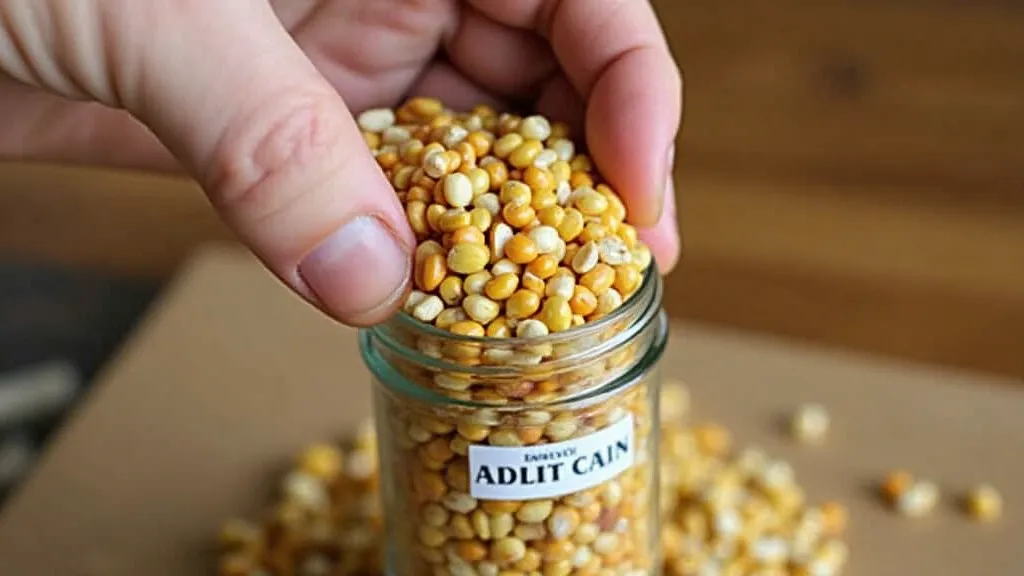
Tips for Success
- Pollination Considerations: Corn is wind-pollinated. To ensure pure seeds, isolate different corn varieties to prevent cross-pollination. A good rule of thumb is to plant different varieties at least a quarter mile apart.
- Test Your Seeds: Before relying entirely on your saved seeds, perform a germination test a few weeks before planting season. This will give you an idea of their viability.
- Record Keeping: Keep detailed records of your plantings, including the variety name, planting date, environmental conditions, and any observations you make. This information can be invaluable for future seed saving efforts.
- Moisture is the Enemy: Any moisture during storage will lead to mold and loss of viability.
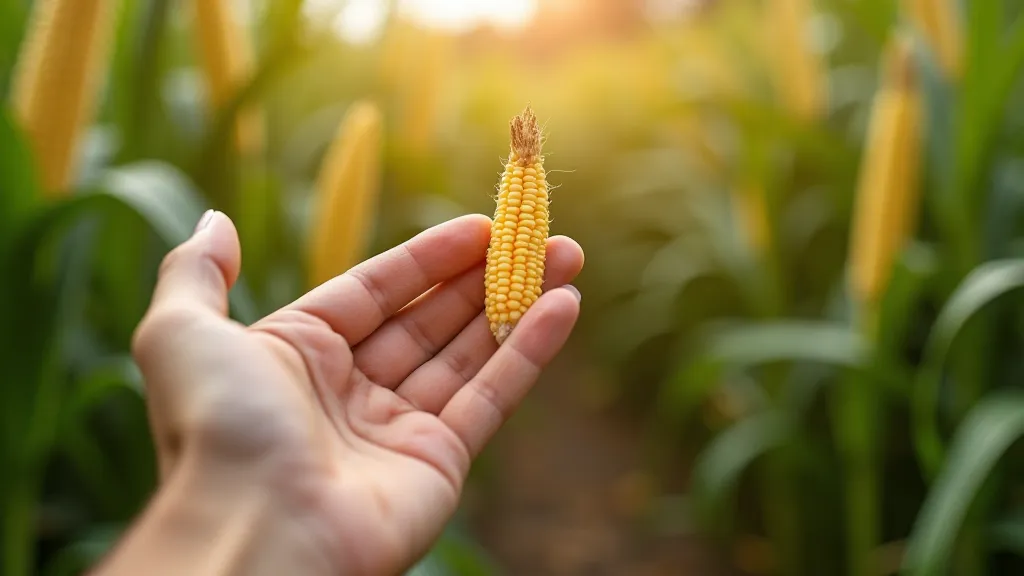
Conclusion
Saving heirloom corn seeds is a simple yet profound act. It’s a way to connect with the past, preserve biodiversity, and ensure the future of these remarkable varieties. By following these steps, you can become a vital link in the chain of heirloom corn preservation, sharing the bounty and beauty of these treasures for generations to come.
